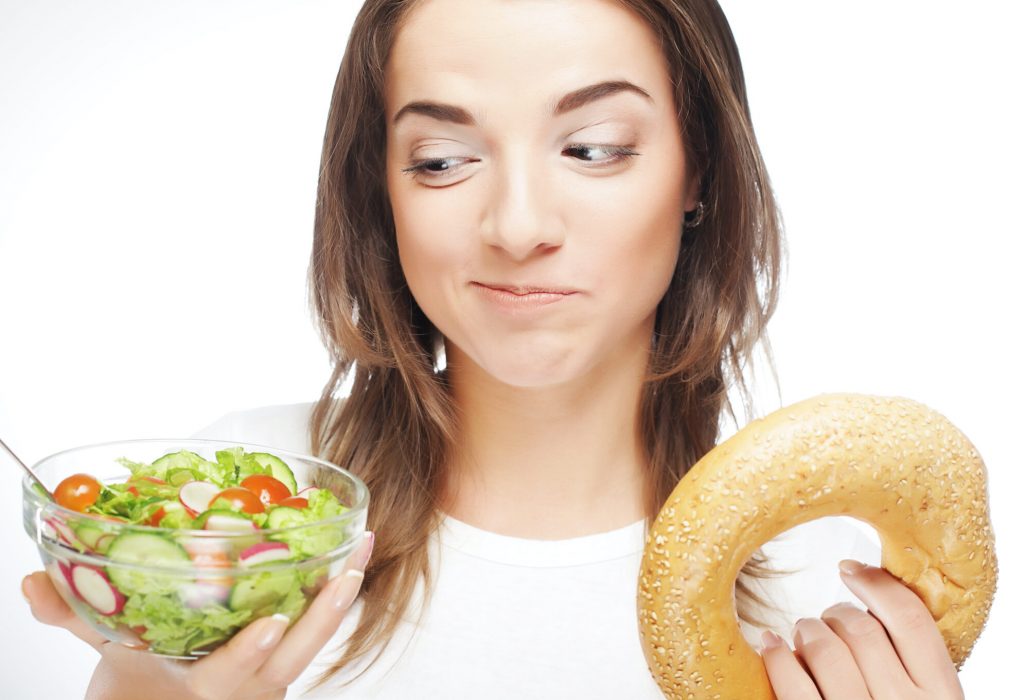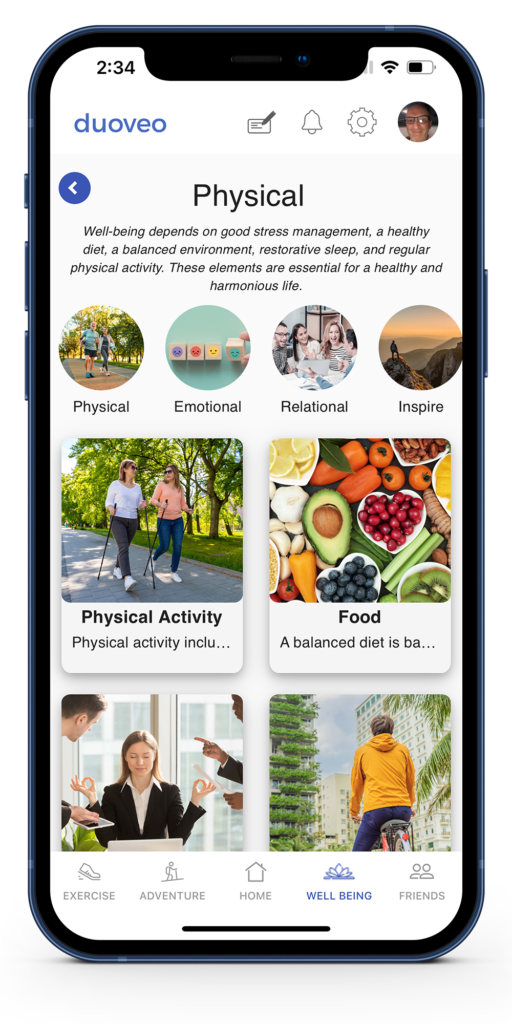What is the best diet? What constitues healthy eating habits?
If you ask your doctor, he will most likely dodge the question with a general statement about how each person is different, and one has to find the diet that best suits oneself.
If you ask your friends, you will get many conflicting recommendations, all uttered with absolute conviction: Keto, Palo, DASH, Carnivore, Atkins… There is no lack of options, each with their supporters. We covered some of them in our blogs, like the Montignac diet and IIFYM.
Diet and nutrition are controversial and are almost like a religion, with zealots, believers, pagans, and heretics. It isn’t easy to separate what is effective from the baloney and magic thinking with all these discording voices.
Finding the principles of healthy nutrition
However, when you look closer, diets are much more like the cousins of an extended family than completely estranged species. They have lots of commonalities and share the same healthy eating principles.
I looked at the 39 best diets listed by US News, a list based on inputs from a panel of experts, and indeed, I identified five big lessons we can learn from these diets.
Principle 1: Eat whole food
Except for the Slim Fast diet, all diets promote eating whole – non-processed – food. One can even argue that Slim-Fast is a kind of processed food designed for dieting, unlike the food you find in supermarkets. So the mantra “no processed food” from diet gurus seems legit.

A recent study in the journal Cell Metabolism showed that when testing subjects with a diet rich in ultra processed food on one hand, versus other subjects having a diet rich in whole foods on the other hand, the ultra-processed group gained weight while the whole foods group lost weight. The study analyzed that the ultra processed group ingested 500 more calories per day.
The problem with ultra processed food is that they are designed to be hyper palatable, and they trick our brain in wanting more. They also have less protein and fiber than whole foods, and these two compounds trigger the satiety feeling in our stomach.
Principle 2: No soft drinks
Yes, there is no “coca-cola diet.”
It seems obvious, but we often forget many calories and food that we ingest is in liquid form. And soft drinks have a lot of calories. For instance a small 12fl oz bottle of Mountain dew has 170 Kcal according to the USDA web site. That is as much as a bag of chips.
Diets do not generally ban fruit juice, milk, or wine, but be wary that these often have as many calories as sodas. Personally, I’d recommend sticking to the absolute “zero” drink: water.
Principle 3: Green is good
Meat is no consensus, but green gets all marks. All diets include a decent amount of low-calorie leafy vegetables like kale, collard greens, and the likes. Even the Keto diet that sees evil in all carbs – even strawberries – come on – recommends some green vegetables.

If you have never eaten leafy greens before, you should definitely start. There is no lack of options, with vegetable available year round, and as they becoming more popular, plenty of good recipes on the internet.
Your mother told you to eat your greens!
Principle 4: Moderation in everything
There is no “all you can eat” diet, neither “stuff yourself” diet.
Likewise, there is no magic aliment, except water and air, that won’t make you fat if you overeat it. Arguably, it would be quite a performance to gain weight on kale, but I am sure someone did it.
Meals in all these diets are reasonable size, and well planned. Even snacking, if allowed at all, is limited to specific low calorie foods.
So it should not be a surprise, all 39 diets advocate for no overeating, and being modest with your fork.
Principle 5: Discipline, Private!
Here comes maybe the most important lesson of all.
All these diets have a commonality that has nothing to do with what you eat: they change how you eat. To comply with their rules, you have to think about what you eat; plan your meals, and you often have to prepare them. You become your own drill sergeant. And this is a good thing.

By enforcing an eating discipline, they change your psychology:
1- Food and healthy eating become a priority in your life.
2- It gives you control over your eating pattern.
3- It makes you more resilient to food traps, like morning doughnuts, snacks, and supersized restaurant lunches.
So to mimic the effect of dieting, put some discipline in your eating habits. Organize and plan your meals, understand what you eat, and define rules that you will follow.
Apply the five principles of healthy eating
These are the five principles we can infer from a quick look at the 39 most popular diets. Of course, by practicing them in your life, I can’t guarantee that you will do better than a rigorous application of any of these diets.
Still, it is a safe way to start before choosing the right one, and the transition to any diet will be easier when you decide.
Don’t wait. Start now.


